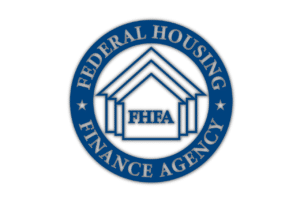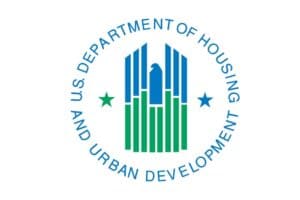The northeast regional affordable housing community had the opportunity to receive an update on agency executions for workforce housing from PGIM’s Michael Lostocco at the NH&RA Fall Developers Forum. Fannie Mae and Freddie Mac have developed voluntary programs aimed at addressing housing affordability, particularly for middle-income renters. These programs—Sponsor Initiated Affordability (SIA), Workforce Housing Preservation and Sponsor Dedicated Workforce (SDW)—target existing, stabilized properties to preserve and create affordable rental housing. Here’s an overview of these initiatives and the opportunities they provide:
Program Summaries
1. Sponsor Initiated Affordability (SIA) (Fannie Mae):
- Requires at least 20 percent of units in a property to be affordable to households earning ≤ 80 percent of the Area Median Income (AMI);
- Rent and income restrictions are in place for the loan’s lifetime; and
- Compliance must be achieved within 12 months of loan origination, with third-party monitoring to ensure adherence.
2. Sponsor Dedicated Workforce (SDW) (Fannie Mae):
- Also requires a minimum of 20 percent of units affordable to ≤ 80 percent AMI. In select metropolitan areas, thresholds extend to 100 to 120 percent AMI;
- Rent restrictions apply for the loan’s lifetime, and compliance must be certified annually; and
- Provides an opportunity to target higher-income tiers of affordability.
3. Workforce Housing Preservation Program (Freddie Mac):
- At least 20 percent of units must be affordable at ≤ 80 percent AMI, with eligibility in some markets extended to 100 to 120 percent AMI;
- Includes rent restrictions for the life of the loan, with some flexibility in the final year; and
- Requires a minimum loan term of seven years, with annual borrower certification but no direct income testing.
Opportunities for Multifamily Developers
1. Preservation of Affordability:
- These programs provide an interim solution to stabilize affordability in existing properties. By restricting rents at affordable levels, they prevent displacement and maintain access for low- to middle-income tenants.
2. Attractive Financing Terms:
- Developers benefit from long-term, stable financing options with reduced debt service coverage ratios (DSCR) and higher loan-to-cost (LTC) thresholds; and
- These terms improve the feasibility of investing in affordable housing preservation.
3. Flexibility and Scalability:
- The programs allow property owners to tailor affordability commitments to local market needs, particularly in areas with high housing costs; and
- Developers gain access to compliance tools that align with local tax incentives or abatements.
4. Alignment with Policy Goals:
- These initiatives complement government efforts, such as HUD’s proposed changes to increase funding for workforce housing, fostering alignment across multiple agencies and stakeholders.
Challenges
- Monitoring and Compliance: Developers must navigate third-party compliance and annual certification requirements, which can add administrative burdens;
- Market Constraints: Rent restrictions might limit revenue potential, which could deter some developers from participating; and
- Regional Variability: Differences in AMI thresholds and eligibility criteria by location require careful planning to maximize program benefits.
Conclusion
The SIA, SDW and Workforce Housing Preservation programs provide critical tools for developers aiming to preserve and expand affordable rental options. By leveraging favorable loan terms and integrating affordability commitments into stabilized properties, these initiatives address the growing housing needs of middle-income renters while supporting long-term sustainability for developers.

